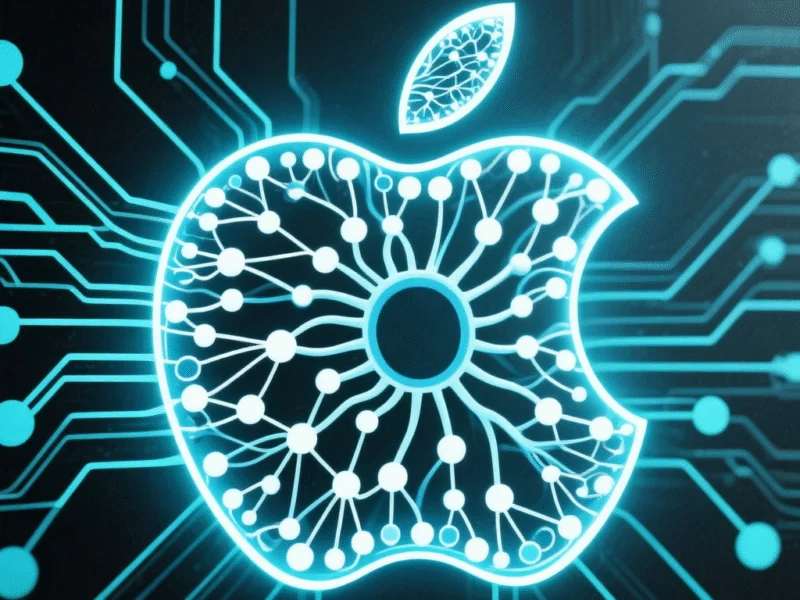Startups are investing heavily in AI tools but remain cautious about fully automated workflows, according to Andreessen Horowitz’s inaugural AI Spending Report released Thursday. The venture firm analyzed transaction data from Mercury to identify the top 50 AI-native companies that startups are actually paying for, revealing a fragmented market where no single player dominates any category.
Market Fragmentation Defies Consolidation Predictions
The report reveals surprising diversity in startup AI spending, with companies adopting multiple tools for similar tasks rather than consolidating around market leaders. “There’s a proliferation of tools,” said a16z partner Seema Amble. “It hasn’t just coalesced around one or two in each category.” This fragmentation appears across multiple sectors, from note-taking apps like Otter.ai and Retell AI to coding tools including Replit and Cursor.
Horizontal applications dominated the list, comprising at least 60% of companies, while vertical applications made up the remaining 40%. The most popular vertical software focused on sales, recruiting, and customer service—areas where AI is demonstrating clear business value. The full report shows startups are willing to experiment with multiple solutions rather than committing to single providers, suggesting the AI tool market remains highly competitive and fluid.
Human Augmentation Outpaces Full Automation
Startups are prioritizing “copilot” tools that enhance human productivity over fully autonomous agents, according to the spending patterns. Companies are investing in AI assistants that help employees work faster rather than replacing entire workflows with automated systems. “As computer use becomes more of a mode and there’s more ability for end-to-end agentic flows built, I think that shift will happen,” Amble predicted.
The preference for augmentation reflects both technological limitations and practical considerations. Current AI systems often work best as collaborators rather than independent operators. The Gartner AI Hype Cycle suggests true agentic workflows remain in earlier development stages, while copilot tools have reached broader adoption. This spending pattern indicates startups are focusing on immediate productivity gains rather than speculative automation.
Coding Tools Lead Enterprise Adoption
AI coding assistants emerged as major beneficiaries of startup spending, with Replit ranking third overall behind only OpenAI and Anthropic. The report identified what partners call “vibe coding” tools—development environments that use AI to streamline programming workflows. Cursor ranked sixth, while enterprise-focused Cognition placed 34th, showing strong demand across different coding approaches.
“It’s an open question going forward on vibe coding,” said a16z partner Olivia Moore. “Does the space start to consolidate, and one place becomes the best platform to vibe code? Or is it the case where there’ll be four or five more vibe coding companies that are really big businesses?” The GitHub Copilot phenomenon has demonstrated clear productivity benefits, with early studies showing developers completing tasks up to 55% faster when using AI assistants.
Consumer-Enterprise Boundaries Blur Rapidly
The report identified a surprising trend: startups are increasingly adopting consumer-oriented AI tools for business purposes. Applications like CapCut and Midjourney, originally designed for individual users, are being “yanked into enterprise faster and faster because they make such delightful consumer tools,” Moore observed. This represents a significant shift from traditional enterprise software adoption patterns.
Canva exemplifies this convergence, building a massive consumer user base before developing enterprise features. “Your TAM [total addressable market] is no longer one or the other, but you can sell into both,” Amble explained. Companies building these hybrid products are professionalizing faster, establishing enterprise sales teams earlier to capture business revenue. The McKinsey State of AI 2025 report confirms this trend, noting that AI adoption is accelerating across both consumer and enterprise segments.
Rapid Evolution Expected in Coming Year
The AI tool landscape is changing so quickly that the current rankings may look completely different in twelve months, according to the a16z partners. “Legacy players, legacy almost means, ‘what was 12 months ago,'” Amble noted. Both established companies adding AI features and new entrants with innovative approaches are contributing to this rapid evolution.
The report suggests we’re in a transitional period where AI tools are enhancing human capabilities while the technology matures toward more autonomous operation. As Forrester’s 2025 AI predictions indicate, we’re likely to see increased agentic capabilities as models improve and companies gain confidence in automated workflows. For now, startups are taking a practical approach—investing in tools that deliver immediate productivity gains while monitoring the space for breakthroughs in full automation.
References:



